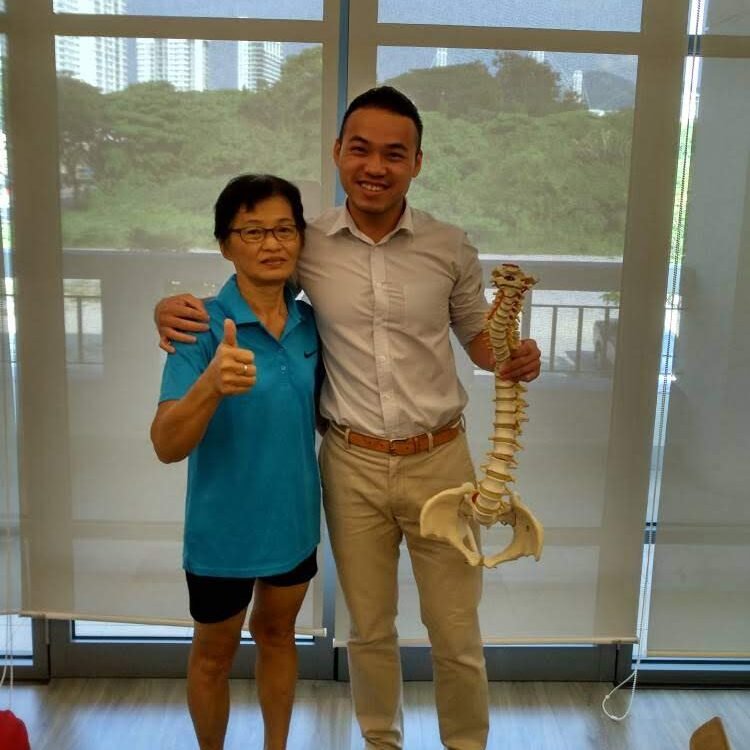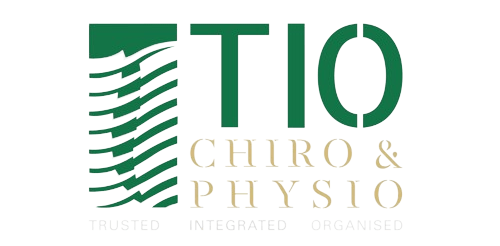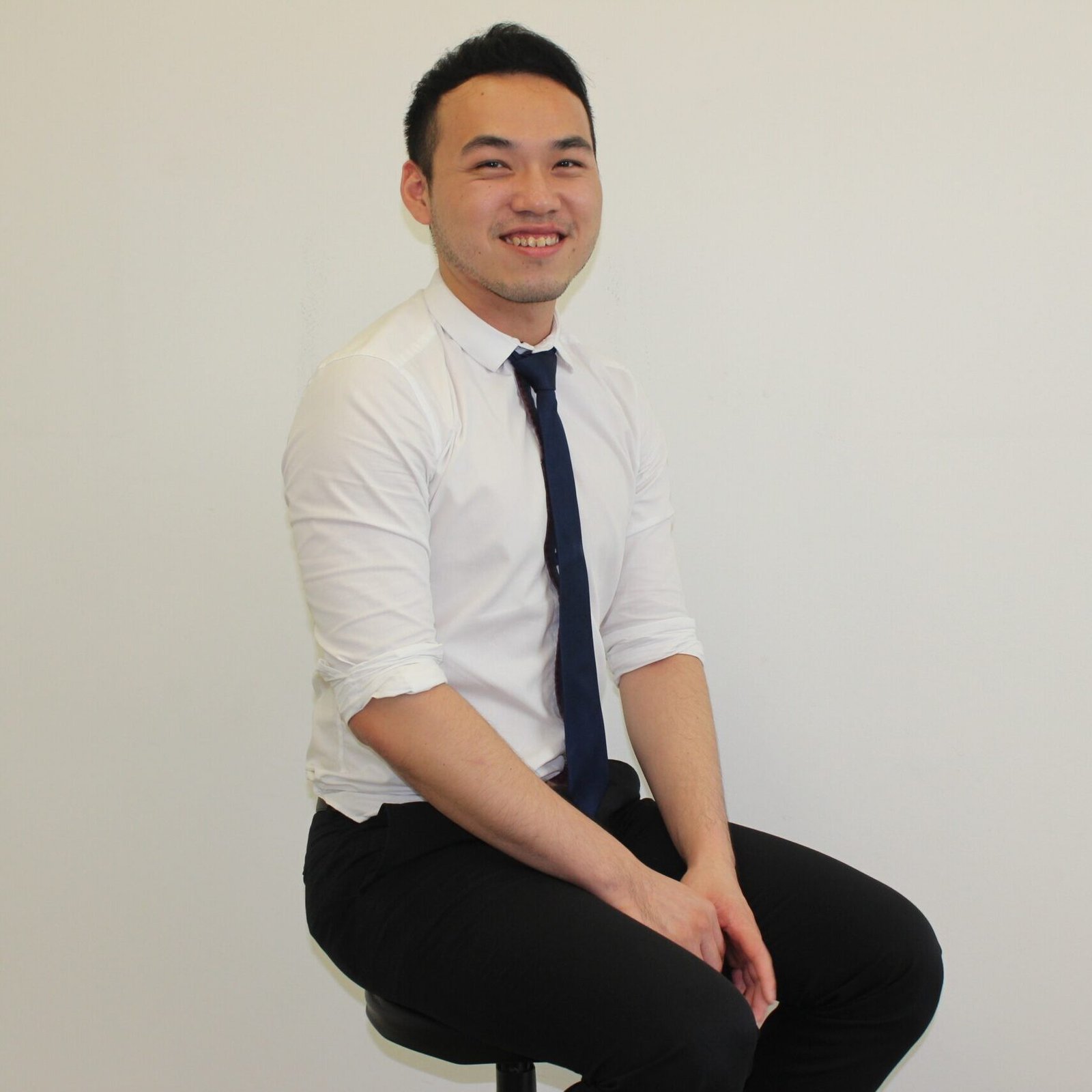
Strokes don’t always arrive with warning; the risks often build silently for years. The good news? Stroke prevention starts with small, consistent changes to your daily routine that protect your brain and blood vessels over time. Whether you’re managing high blood pressure, recovering from a transient ischaemic attack (TIA), or simply taking charge of your long-term health, now is the time to act.
At TIO Chiro & Physio, our physio experts have curated 6 holistic lifestyle changes that you can do at home to lower your risk of stroke attacks.
Stroke Prevention Starts Before the Symptoms Show
Many people think strokes only happen to the elderly or those with a strong family history. But in Malaysia, stroke is on the rise even among younger people. According to the Ministry of Health, stroke is now among the top five causes of death in the country.
The reality is: strokes are largely preventable.
According to the World Stroke Organisation, up to 90% of strokes are linked to modifiable risk factors, meaning factors that you can actually change or control, like high blood pressure, inactivity, diet, and smoking. The sooner you act, the lower your chances of stroke-related disability or death.
In this article, we’ll cover 7 evidence-based habits you can start today to reduce your risk of stroke, plus expert insight into how physiotherapy in Petaling Jaya can help with prevention and recovery.
1. Control High Blood Pressure Consistently
High blood pressure is the leading cause of stroke and one of the easiest to overlook. In Malaysia, it’s estimated that nearly 1 in 3 adults live with hypertension, many without even realising it. Uncontrolled blood pressure silently damages your arteries, increasing the risk of stroke, especially ischaemic stroke, where blood flow to the brain is blocked.
Why Blood Pressure Is a Silent Danger
Over time, high blood pressure puts extra strain on the blood vessels in your brain, weakening them and increasing the risk of both blockages and ruptures. According to the World Health Organisation (WHO), it can directly cause strokes by:
- Narrowing arteries and reducing blood flow to the brain
- Triggering blood clots
- Weakening vessel walls, which can lead to brain bleeds (haemorrhagic stroke)
How to Know If You’re At Risk
Blood pressure higher than 140/90 mmHg is a red flag. But even “borderline high” readings, such as 130/85 mmHg, could still increase your stroke risk over time. The only way to know for sure is through regular screenings, something most clinics offer in under five minutes.
What You Can Do to Lower It Naturally
Managing blood pressure doesn’t always mean medication. Simple lifestyle changes can make a huge difference:
- Cut back on salt and processed food, especially instant noodles and snacks.
- Eat more potassium-rich foods like bananas, spinach, and avocados, which help balance sodium.
- Exercise regularly, even a brisk 30-minute walk a few times a week, can help.
When Medication Is Necessary
For some, lifestyle changes alone won’t cut it. If your doctor prescribes medication, take it consistently, even when you feel fine. Skipping doses can cause dangerous blood pressure spikes.
You can also support circulation and mobility through a licensed physiotherapist to improve your vascular health and reduce risk factors.
2. Eat a Diet That Supports Brain Health

Your brain runs on the nutrients you feed it, literally. What you put on your plate can either fuel your brain and blood vessels or damage them over time. Stroke prevention starts at every meal.
Choose Foods That Prevent Stroke
Numerous studies have linked the Mediterranean diet to a lower risk of stroke. This style of eating is high in vegetables, fruits, whole grains, legumes, olive oil, nuts, and lean proteins like fish. According to a 2013 study published in the New England Journal of Medicine, people who followed a Mediterranean diet reduced their risk of stroke by up to 30%.
In Malaysia, you can adapt this by including more:
- Leafy greens (bayam, sawi)
- Tomatoes, berries, and citrus fruits (high in antioxidants)
- Omega-3-rich fish like mackerel or sardines
- Olive oil or avocado as cooking oils instead of margarine or palm oil
Cut Back on Salt and Processed Foods
It’s hard to resist the temptations of our cuisine here, but many of them are packed with sodium. Excess salt raises blood pressure, which is a major risk factor for stroke. Be cautious of:
- Processed snacks (keropok, instant noodles)
- Fast food and mamak dishes loaded with gravy or sambal
- Canned foods and preserved items like salted fish
Aim to use fresh herbs and spices for flavour rather than relying on salt or seasoning powders.
Maintain Healthy Cholesterol and Blood Sugar Levels
A high-fat, high-sugar diet contributes to atherosclerosis (the buildup of fatty plaques in arteries), which can block blood flow to the brain and trigger a stroke. Choose foods with fibre, like oats, brown rice, and legumes, to help manage cholesterol. Skip sugary drinks and opt for water or unsweetened herbal teas.
Incorporating dietary advice into your recovery plan is common during stroke rehabilitation treatments, where a physiotherapist or allied health professional may work alongside nutritionists or doctors to create a stroke-preventive lifestyle.
3. Exercise Regularly to Keep Your Blood Flowing Smoothly

You don’t need to run a marathon to protect your brain; just 20 to 30 minutes of moderate movement daily can reduce your risk of stroke significantly. In fact, physical inactivity is considered one of the top modifiable stroke risk factors, according to the World Stroke Organisation.
Cardio Keeps the Blood Vessels Strong
Cardio exercises like brisk walking, cycling, or even a simple home dance session can strengthen your heart and improve blood circulation. Better circulation means your brain receives a consistent supply of oxygen-rich blood, which is critical in stroke prevention.
People with a sedentary lifestyle, such as desk workers, are especially at risk. If you spend most of your day sitting, schedule breaks to stretch or walk around. Better yet, integrate regular activity into your weekly plan with walking groups, hiking, or water aerobics.
Exercise Helps Control Risk Factors
Physical activity helps regulate high blood pressure, blood sugar, and body weight, three major contributors to stroke. It also supports mental health, which is often overlooked. Depression and chronic stress can increase inflammation and lead to poor self-care, compounding the risk.
If you’re recovering from a prior stroke or have limited mobility, working with a qualified physiotherapist in a structured rehab setting, like our physiotherapy services in Petaling Jaya ensures that your exercise plan is safe and effective for your condition.
How Often Should You Exercise?
- Adults: Aim for at least 150 minutes of moderate-intensity aerobic activity per week (e.g., brisk walking, swimming)
- Older Adults or Stroke Survivors: Shorter sessions done more frequently (5–10 minutes at a time) are just as beneficial and more realistic.
In some cases, physiotherapy itself supports better cardiovascular health. Tailored movement programs and manual therapy can improve circulation and reduce muscular tension, especially when paired with chiropractic care.
4. Alcohol and Stroke Risk: What You Might Not Know
Many people enjoy a drink to unwind, celebrate, or relax socially. While moderate alcohol consumption may not be harmful for everyone, it’s worth knowing how it might impact your long-term health.
Drinking beyond moderate levels can raise your blood pressure and potentially trigger irregular heart rhythms. Both of these are known contributors to stroke.
Moderation Is Key
If you drink, it’s a good idea to be mindful of how often and how much. Keeping it within generally accepted limits, such as one to two drinks per da,y can help reduce the cumulative effects alcohol has on your cardiovascular system.
It’s not about cutting it out completely for everyone. But understanding your own risk factors and making gradual changes such as skipping drinks during the week or switching to lower-alcohol options can make a meaningful difference over time.
Lifestyle Choices Add Up
Alcohol’s effects on sleep quality, blood pressure, and body weight tend to sneak in over time. If you’re managing other conditions like diabetes, high cholesterol, or atrial fibrillation, it’s worth having a chat with your doctor or physiotherapy provider. At TIO Chiro & Physio’s our physiotherapists in Petaling Jaya can help assess your risks and guide you through lifestyle shifts at your own pace.
5. Quitting Smoking: A Vital Step Towards Stroke Prevention

Most people associate smoking with lung damage, but it can also be a major contributor to stroke. Smoking increases your risk by thickening the blood, encouraging clot formation, and damaging the lining of blood vessels, all of which can disrupt healthy circulation to the brain and potentially lead to a stroke over time.
Small Choices, Big Results
Even cutting back gradually can help ease pressure on your cardiovascular system. And if you’ve already quit, the benefits start almost immediately — better circulation, lower blood pressure, and a reduced risk of stroke in the years ahead.
A long-term study published in Stroke: Journal of the American Heart Association found that people who stopped smoking reduced their stroke risk significantly within 2 to 5 years of quitting.
6. Managing Chronic Conditions Like Diabetes and Heart Disease
While you might not think about your blood sugar or cholesterol daily, these underlying conditions play a significant role in your stroke risk. Stroke prevention often begins with managing what’s happening inside your body, and conditions like diabetes, atrial fibrillation (AFib), and high cholesterol are major factors.
How Chronic Conditions Increase Risk
Uncontrolled diabetes can damage blood vessels over time, making them more prone to blockage or rupture. Similarly, AFib can cause blood to pool and clot in the heart, potentially leading to a stroke if that clot travels to the brain. Even high cholesterol, something many of us overlook, contributes to plaque buildup in arteries, narrowing the space for blood to flow freely.
Why Should You Choose TIO Chiro & Physio?
As a trusted physiotherapy clinic in Petaling Jaya, TIO Chiro & Physio is committed to holistic care that prioritizes patient comfort and long-term wellness. Here’s why patients choose us:
Expert Practitioners
Our team has extensive experience in chiropractic and physiotherapy, ensuring safe and effective treatments.
Customized Care Plans
We understand that each patient is unique. Our percussive therapy sessions are designed to meet your specific needs.
Convenient Location
Situated in Petaling Jaya, we are easily accessible for locals, professionals, and families.
Holistic Philosophy
Beyond pain relief, we focus on improving your overall health and quality of life.
Best Physiotherapy in Petaling Jaya
Frequently Asked Questions
Yes, it can. Many stroke survivors report experiencing anxiety or emotional changes after the event. This is a natural response to both the trauma of the stroke and the physical changes it can cause. Physiotherapy and post-stroke rehabilitation can help manage not just the physical symptoms but also contribute to mental well-being through routine, confidence-building, and progress tracking.
There isn’t always a clear warning, but some people experience symptoms known as a transient ischaemic attack (TIA), or “mini stroke.” This may include temporary slurred speech, weakness on one side of the body, or vision problems. These signs often go away within minutes – but they are serious red flags and should never be ignored.
In some cases, signs like a TIA can appear days or even weeks before a major stroke, but not everyone gets a warning. Sudden confusion, numbness, difficulty speaking, or loss of balance can all be immediate indicators. When in doubt, it’s safer to get checked quickly. Time makes a huge difference in treatment outcomes.
Yes, many people recover well from a mild stroke, especially with early rehabilitation. Mild strokes can still impact mobility, coordination, or speech. But structured care like neurological physiotherapy often helps regain function. The earlier the intervention, the better the chance for recovery.
There is no one-size-fits-all answer. Treatment depends on the type of stroke, whether it’s ischaemic or haemorrhagic. Medical intervention in the first few hours is crucial. After that, targeted rehabilitation including stroke physiotherapy, occupational therapy, and lifestyle changes can support long-term recovery and help reduce the risk of a second stroke.
Physiotherapist Near Me in PJ
Take a Proactive Step Towards Stroke Prevention
Whether you’re recovering from a past event or simply aiming to lower your risk, the earlier you act, the better your chances of maintaining long-term neurological health. At TIO Chiro & Physio, we offer targeted stroke rehabilitation and prevention-focused physiotherapy in Petaling Jaya that supports both recovery and overall well-being.
If you’re unsure where to start or have noticed early warning signs, our team is ready to guide you through personalised assessments and safe, evidence-informed strategies. Let us help you build a plan that supports your body, your goals, and your lifestyle.




